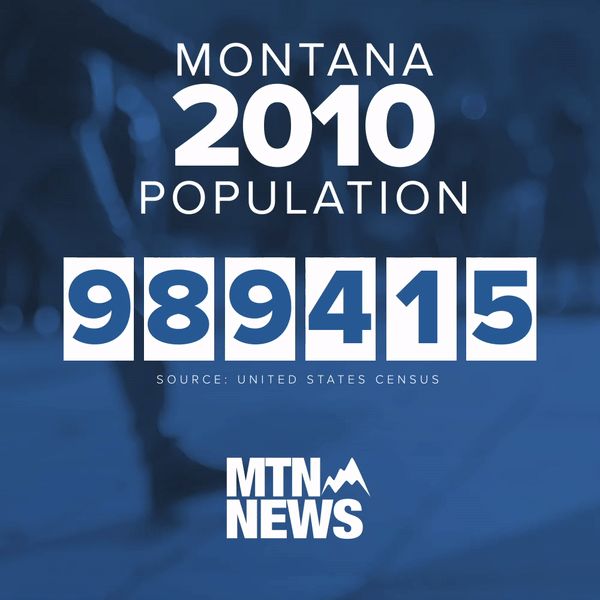HELENA — Starting in 2023, Montana will once again have two members in the U.S. House of Representatives, according to new data from the U.S. Census Bureau.
The Census Bureau made the announcement Monday afternoon during a news conference to release the preliminary results from last year’s census. The data show that Montana’s population grew from 989,415 people in 2010 to 1,085,407 people in 2020 – an increase of 95,992 residents over 2010, or nearly 10 percent.
Every 10 years, the Census Bureau is tasked with counting the country and states’ populations. States are then awarded seats in the House based on their proportion of the national population. In addition to forming the basis for Congressional, legislative, and school districts, census data is used to appropriate federal funding. This appropriation helps fund more than 300 programs for things such as highway planning, healthcare, educational programs, and community infrastructure.
Montana had two U.S. House members between 1913 and 1993. Now Montana will become the first state in U.S. history that had two seats in the House, lost one, and then got it back. For the last 30 years, Montana has been the most underrepresented state in the House, with by far the largest population in any single Congressional district in the country.

The Montana Districting & Apportionment Commission will now be tasked with dividing the state into two Congressional districts. The first elections for the new seats will be held in November 2022.
“This is a great day for Montana. With a second congressional seat, Montanans will have another voice in Congress to work on their behalf,” said Governor Greg Gianforte in a news release. “It’s critical we avoid the traps of partisanship and gerrymandering as our new district lines are drawn. Our new districts should be compact, keep our communities together, and make common sense.”
The Census Bureau also announced Texas will gain two seats, and that Colorado, Florida, North Carolina, and Oregon will each gain one.
California, Illinois, Michigan, New York, Ohio, Pennsylvania, and West Virginia will each lose one seat.
However, this may not be the final word. Some states that lost seats in this apportionment may file legal challenges over the census data.


